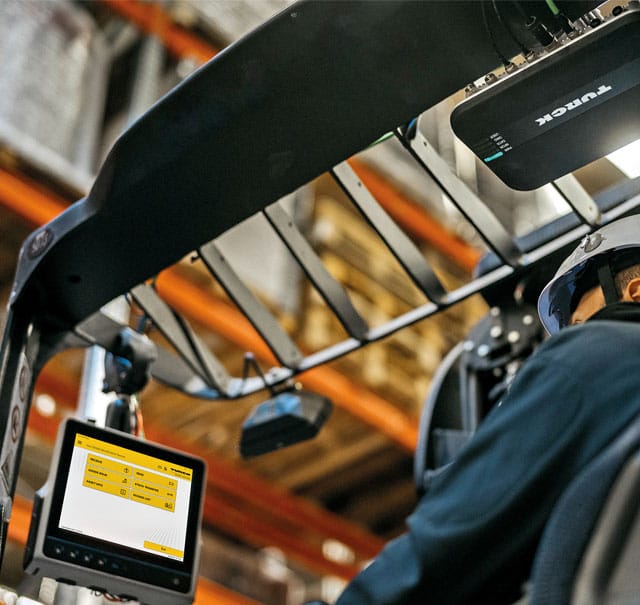RFID makes production and logistics processes highly transparent
RFID-Based Container Management

Barcodes are a relatively inexpensive identification technology, but they are more difficult to automate – especially if several containers are to be read simultaneously.
Benefits compared to barcodes
RFID offers key benefits for RTI identification compared to comparable technologies, and compared to barcodes in particular. There are thus hardly any restrictions in the use of RFID-based systems, since a suitable RFID tag is available for virtually every situation and environmental condition. Moreover, the reading of large quantities can be automated easily in an RFID-based system without any tedious and error-prone manual steps.
To ensure a smooth running RFID-based container management system, special management tools make it possible to display all RTI information on a single platform. This therefore bridges the gap between the physical world of production and IT-based MES and ERP systems.
By linking objects with the data of the IT systems, RFID systems generate the necessary transparency for lean processes and digitalized supply chains. This information enables both the systems and the decision makers to draw informed conclusions, thus enabling greater efficiency in RTI management and a high level of adaptability in response to seemingly unforeseeable events in the RTI circulation.
Efficient container management saves costs
It goes without saying that reusable containers must not be treated like disposable items. Only efficient pool management can turn RTIs into a powerful instrument for the creation of sustainable supply chains. Shrinkage, damage or inefficient management often lead to the necessary procurement of additional RTIs in order to prevent bottlenecks and downtimes, so that the actual total stock exceeds the optimum quantity. It is often the case that nobody knows how many RTIs are in use in the entire process chain.
It is therefore particularly important to keep the number of RTIs in circulation as low as possible in order to tie up as little capital as possible. However, a sufficient number must be kept available at the same time in order to avoid breakdowns in the supply chain. The worst case would be the standstill of the just-in-sequence or just-in-time line because of the absence or lack of reusable containers where they are required.
RFID tags stuck diagonally on opposite sides ensure that at least one tag is within range of a reader, resulting in consistently optimal reading results.






